Early on Tuesday, China’s Chang’e probe touched down in the Chinese province of Inner Mongolia, carrying what could be vital evidence supporting the prevailing theory of the moon’s formation.
As we await assessment of the evidence from China and NASA, let’s take a look at some interesting theories on the origins of that mysterious glowing orb in the sky.
Moon Came From a Super-Collision of the Earth and Another Planet-Sized Object
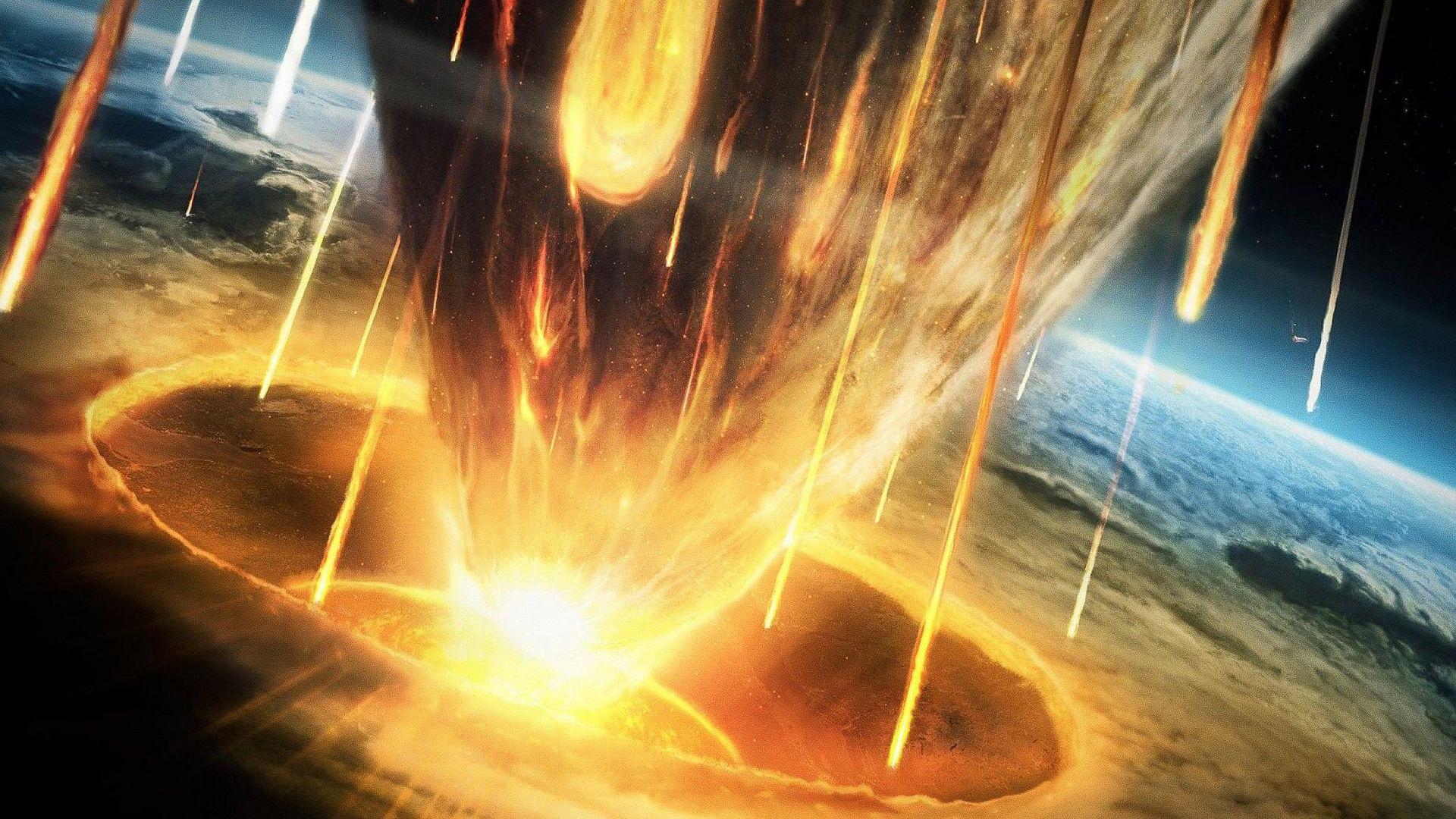
The current prevailing theory is a wild enough tale in itself, positing that the moon was formed through a massive collision.
The massive collision broke off a huge chunk of the Earth, which remained in orbit and became the moon we know today.
Theory Could Be All But Confirmed Soon

The Chang’e probe that arrived on Tuesday carries with it rock and dust samples from an area of the moon previously untouched.
If the samples are consistent with those on the nearer side of the moon, this may further confirm the prevailing ‘Giant Impact’ theory.
Mankind’s Enduring Fascination with the Moon
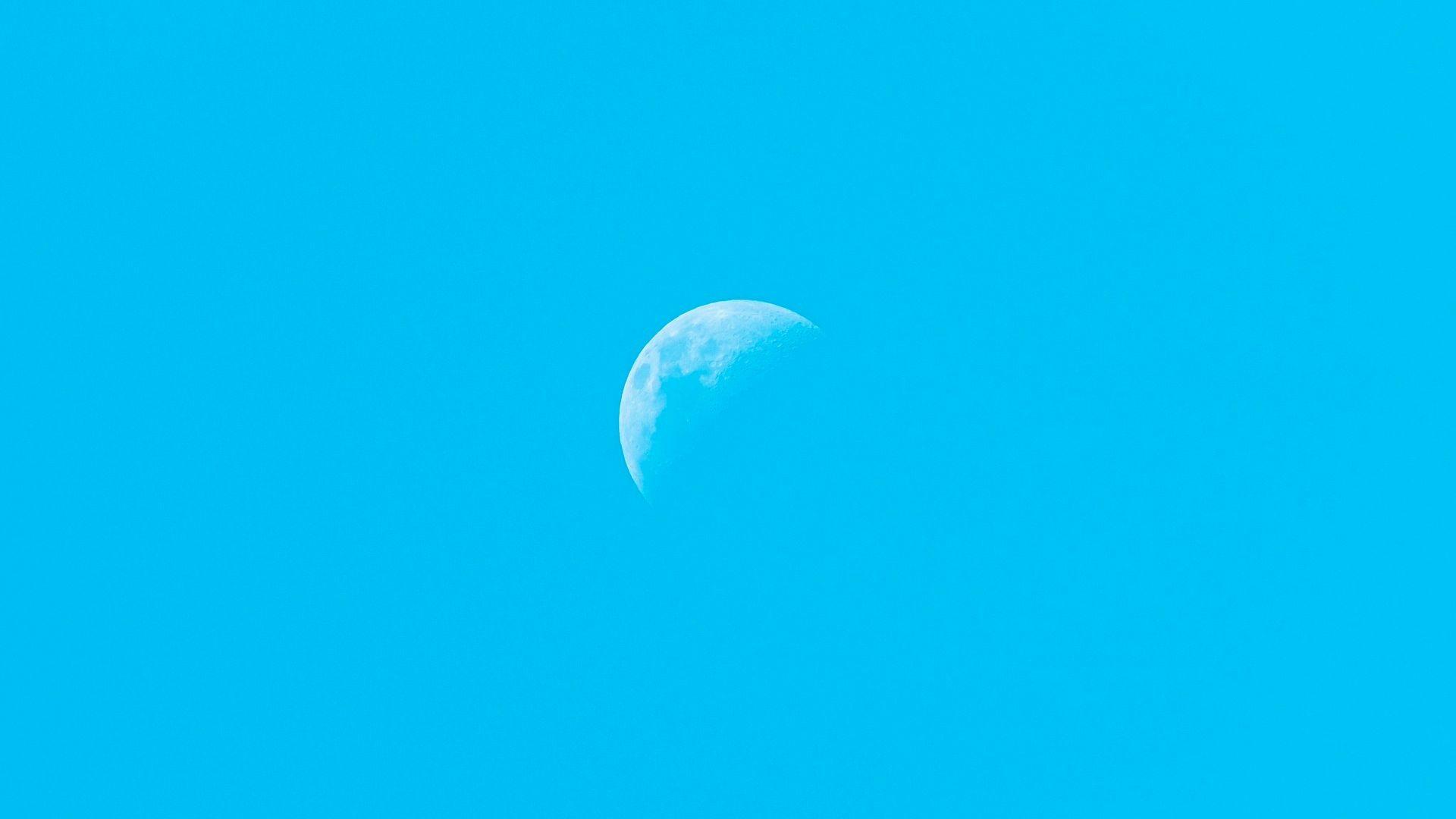
Humans have always been fascinated by the moon and sun, two objects that revolve around the planet at measurable rates.
In the past, before the invention of the telescope, it wasn’t uncommon to consider these celestial bodies gods and some, such as Anaxagoras during the time of the Ancient Greeks, were arrested or exiled for suggesting otherwise.
Moon was Captured by the Earth
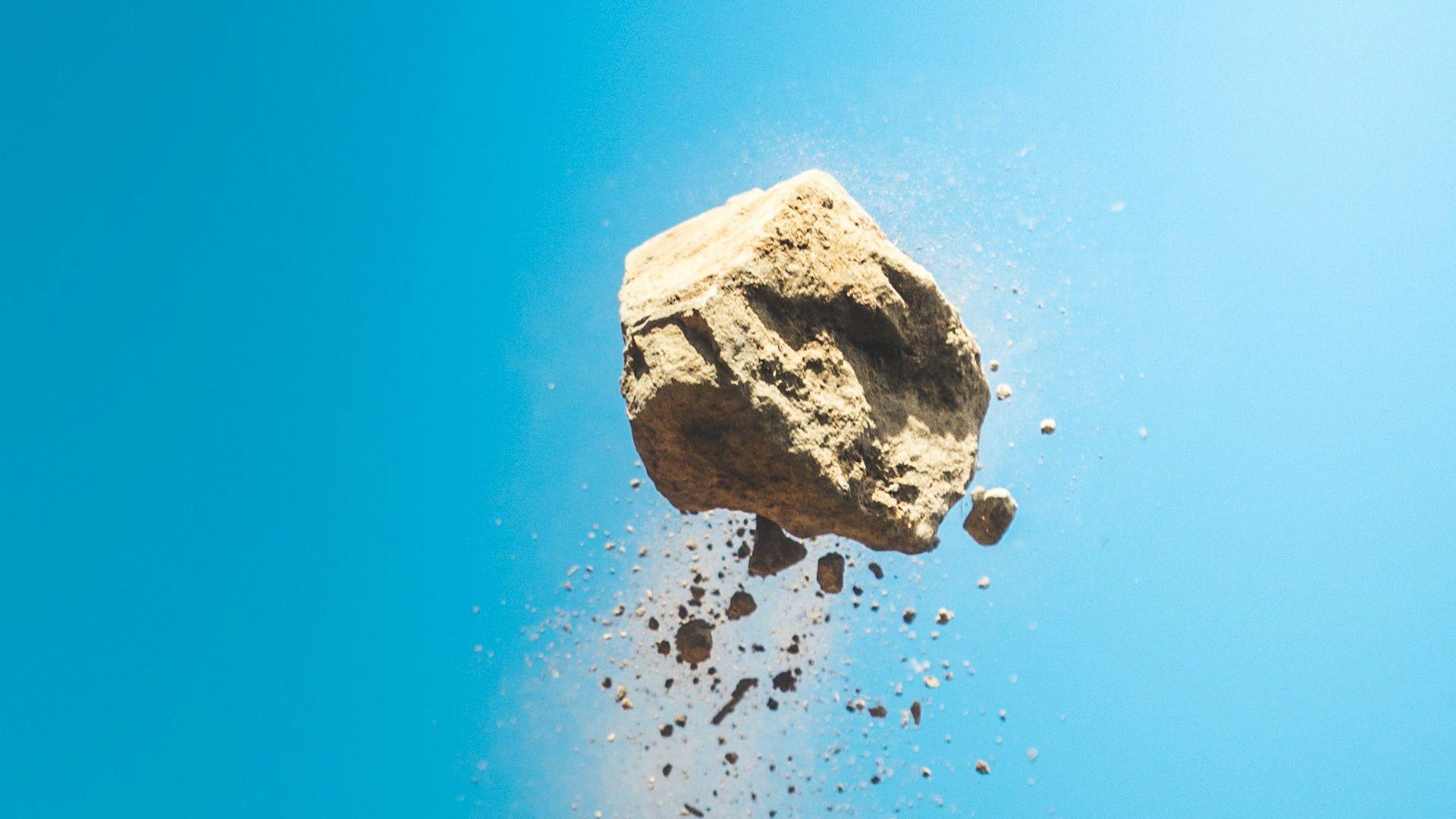
This theory suggests that the moon may have been a passing asteroid that was sucked in by Earth’s gravitational pull, eventually settling into the orbital pattern we see today.
It is a plausible theory, and is believed to be the origins of the moons of several other planets in our solar system, for example Mars’ moons Deimos and Phobos.
Issues with Capture Theory
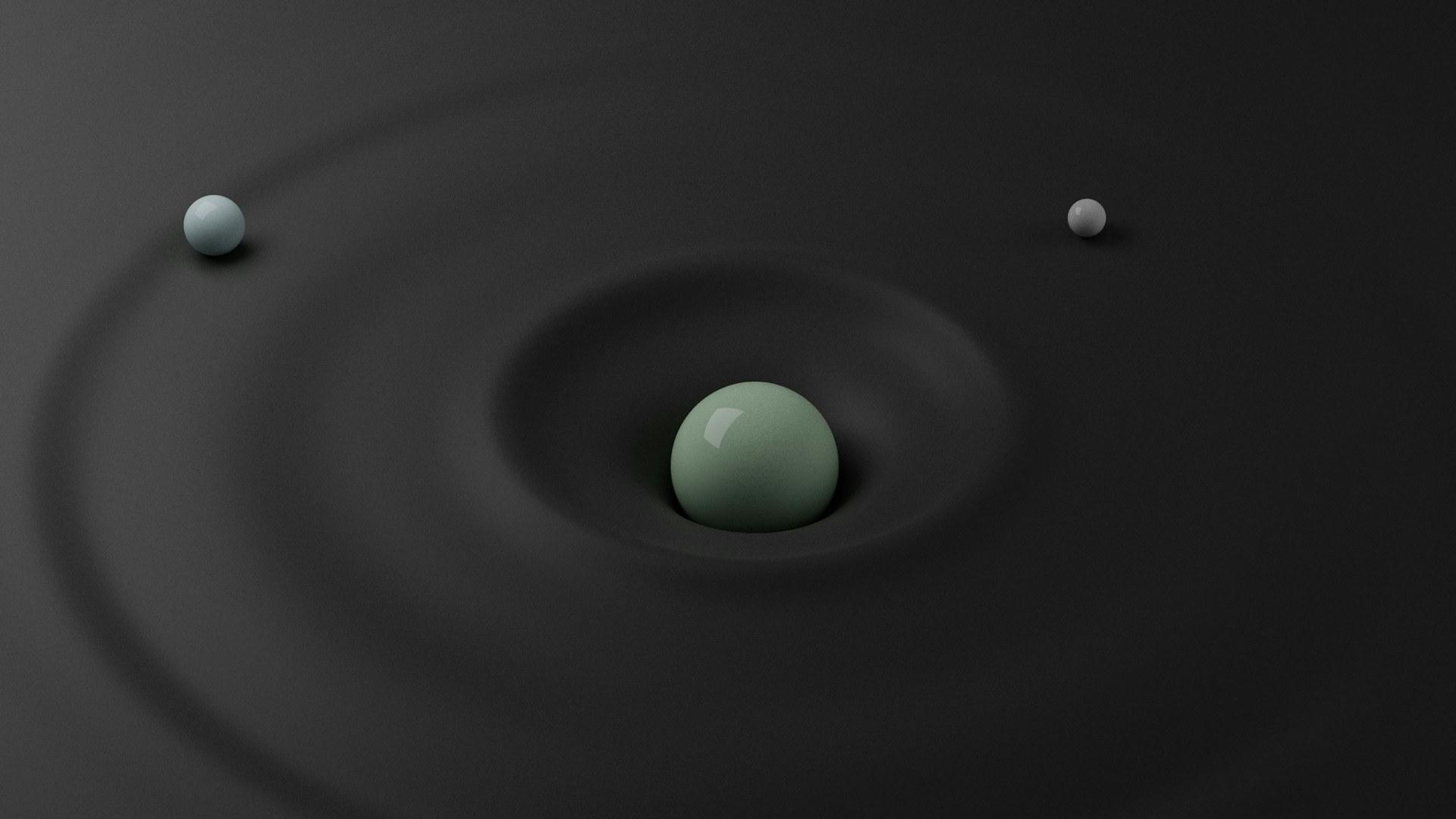
The primary issue, as with other theories, is the geochemical similarity between the moon and the Earth.
This suggests that both were formed from the same materials, and didn’t chance upon each other serendipitously.
Once The Hole Filled Now by the Pacific Ocean
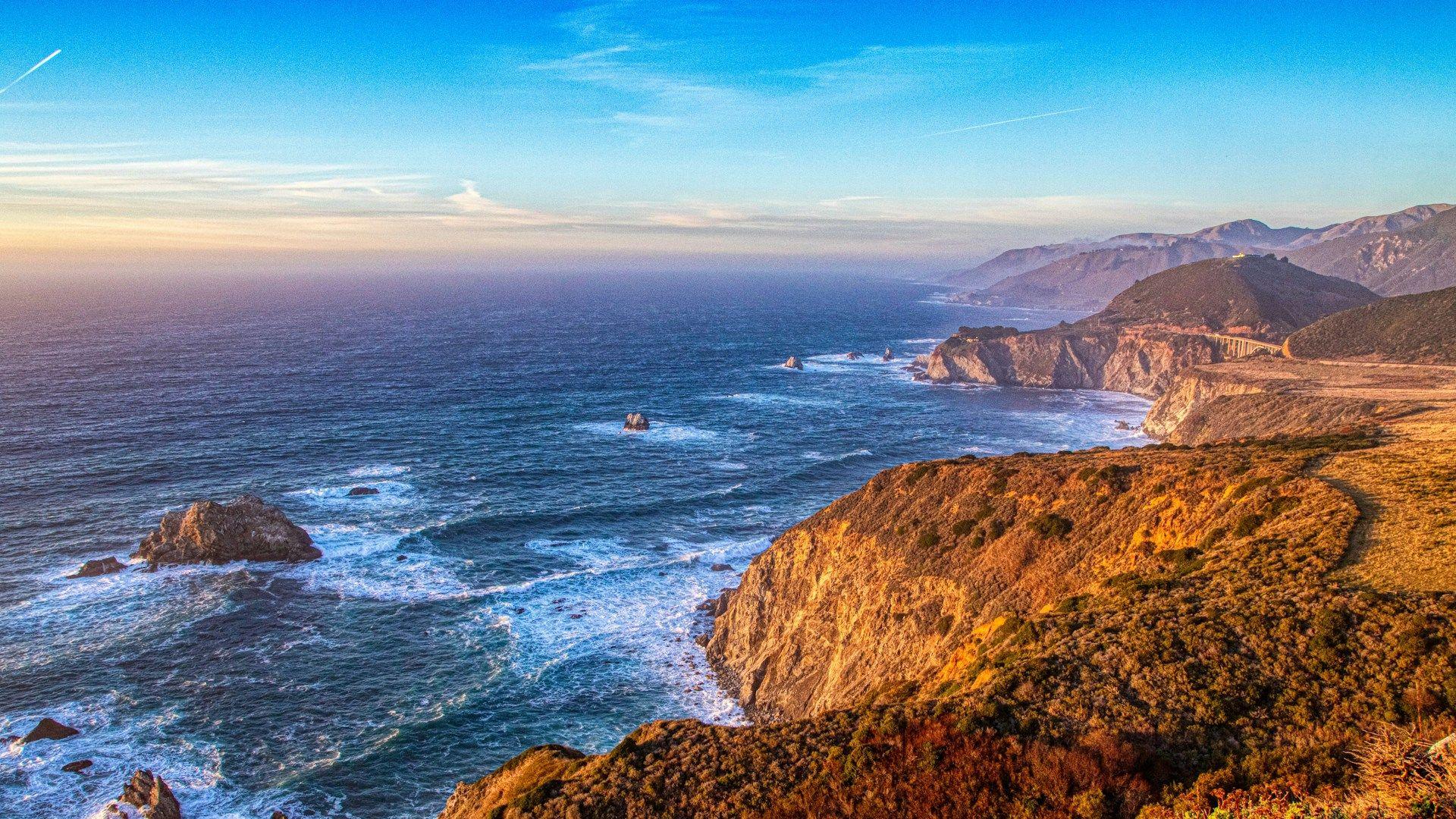
The Fission Theory suggests that the moon and earth were separated at some point as the Solar System was in its infancy.
Apparently a theory of Charles Darwin’s son George, the moon may have started as matter ejected by a rapidly spinning Earth, perhaps from where the present-day Pacific Ocean lies.
Issues with Fission Theory

The main issue with this theory is that the Earth was unlikely to have been able to spin at a high enough rate to eject material into space.
There should also be more evidence for this kind of event here on Earth, and none supporting the theory has been found yet.
The Earth and Moon Are Twins
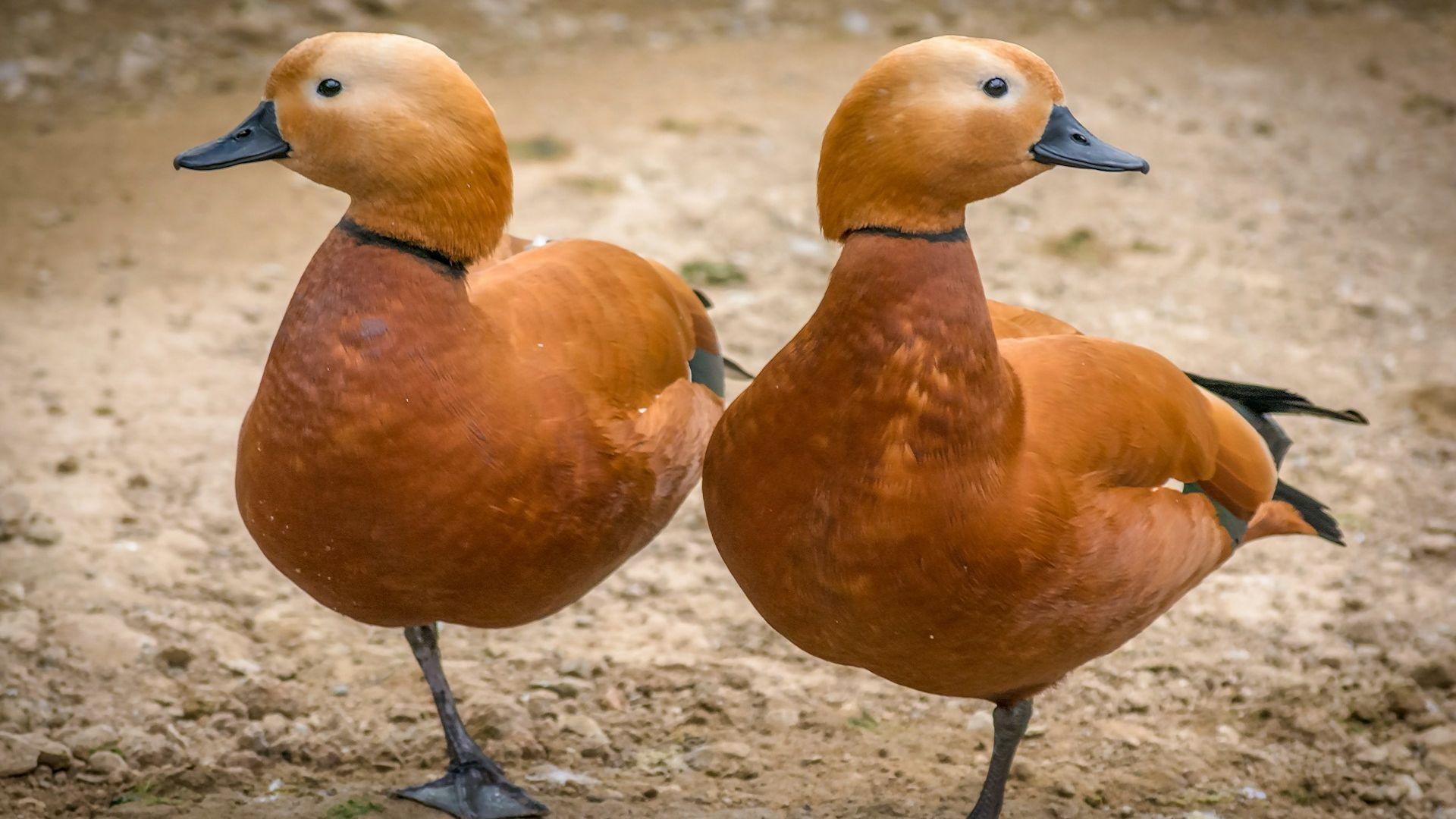
The Co-Formation theory says that the Earth and the moon were formed at the same time, 4.5 billion years ago.
This would make the Earth and the moon the same age, having been at each other’s sides since the beginning.
Issues with Co-Formation Theory

Th Co-Formation theory is compelling due to the similar nature of the Earth and moon’s compositions.
However, the compositions differ in one important way, according to scientists. For this to be true, the moon would have to show evidence of a greater ‘iron core’, which it hasn’t as yet.

